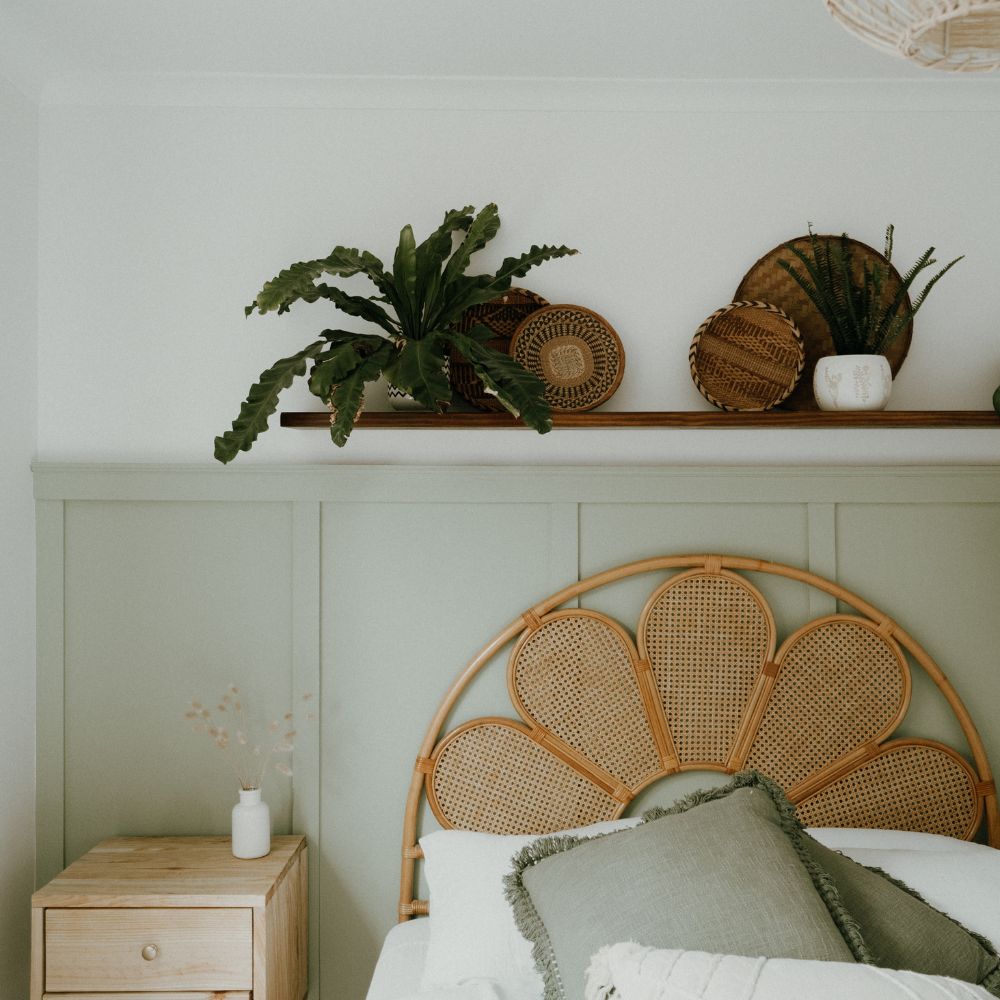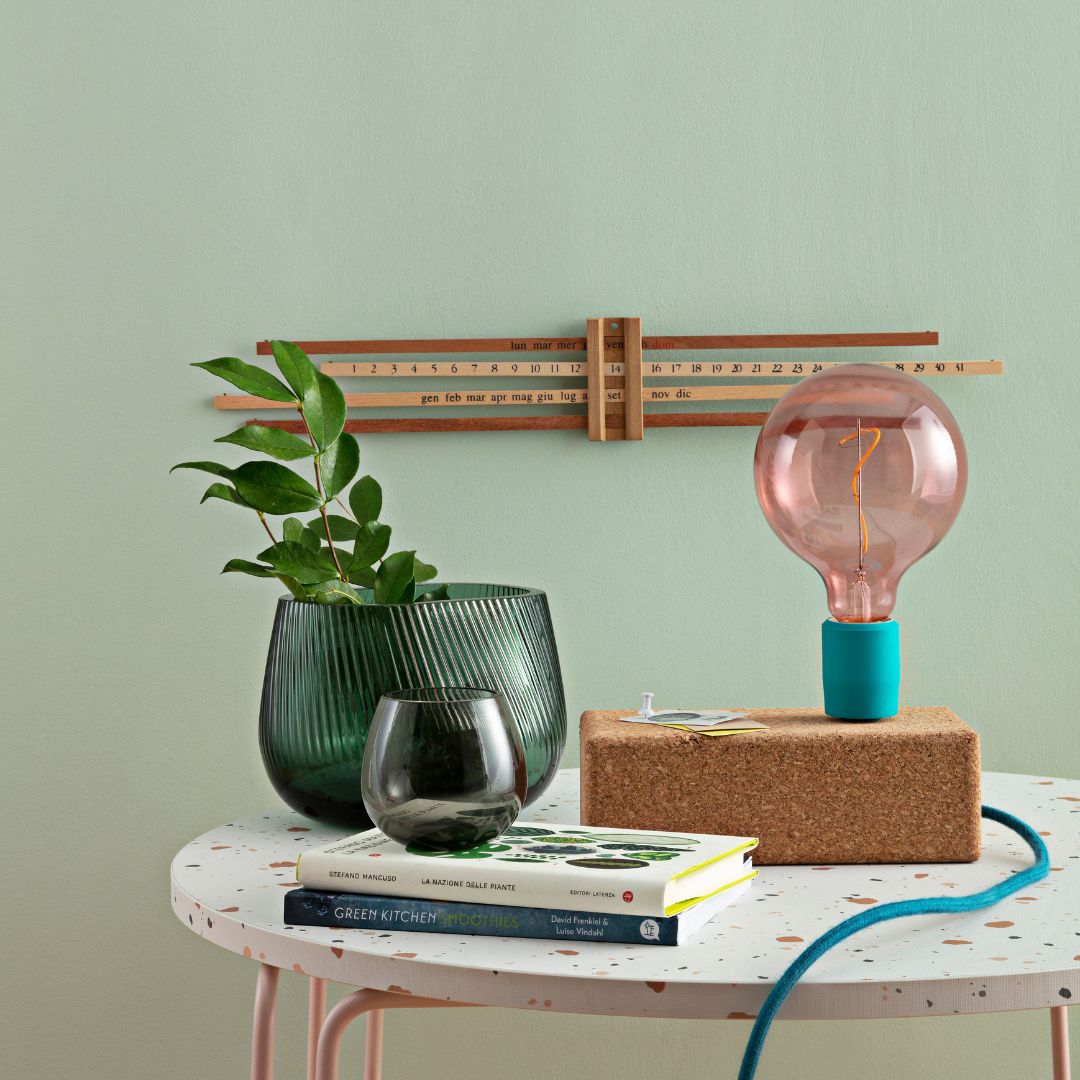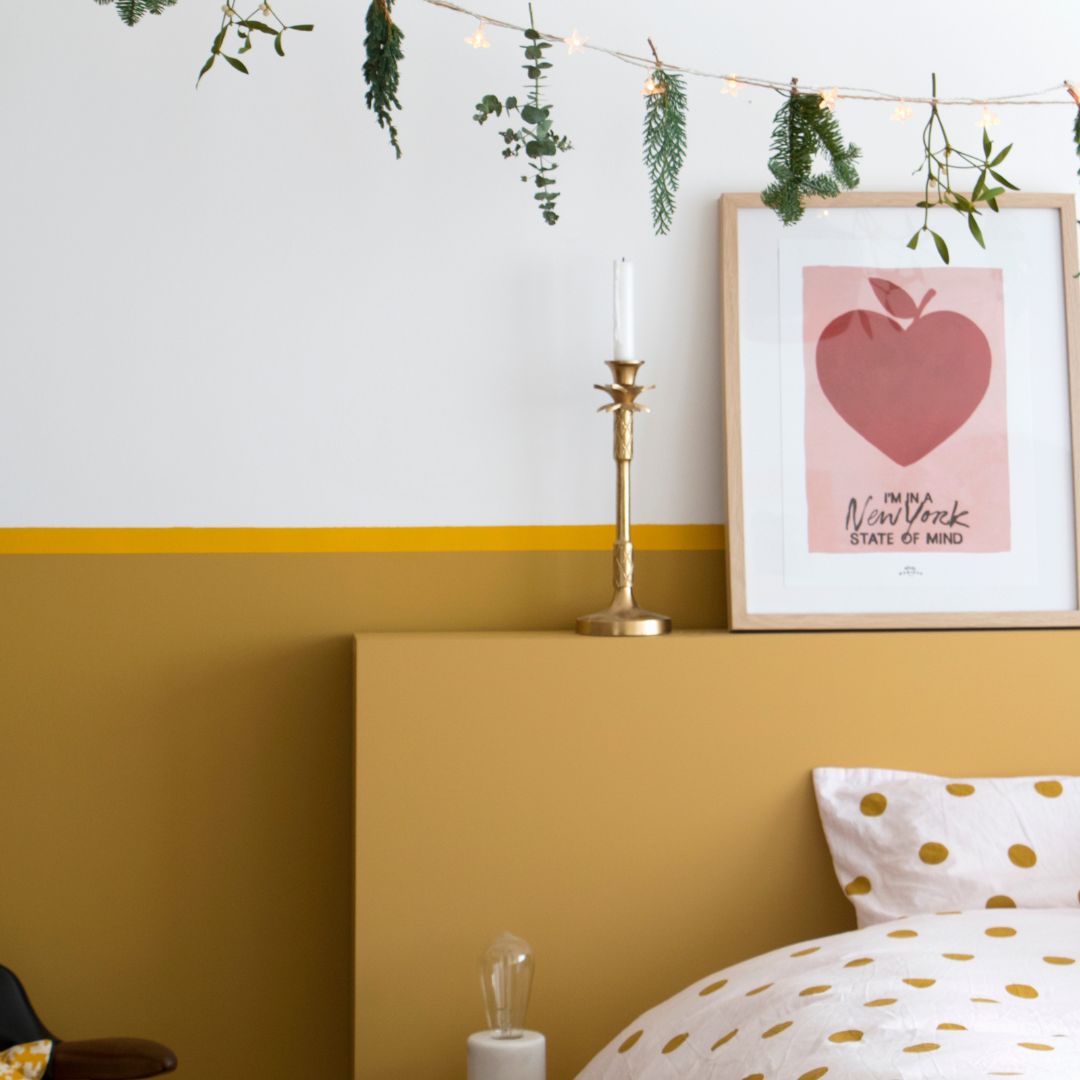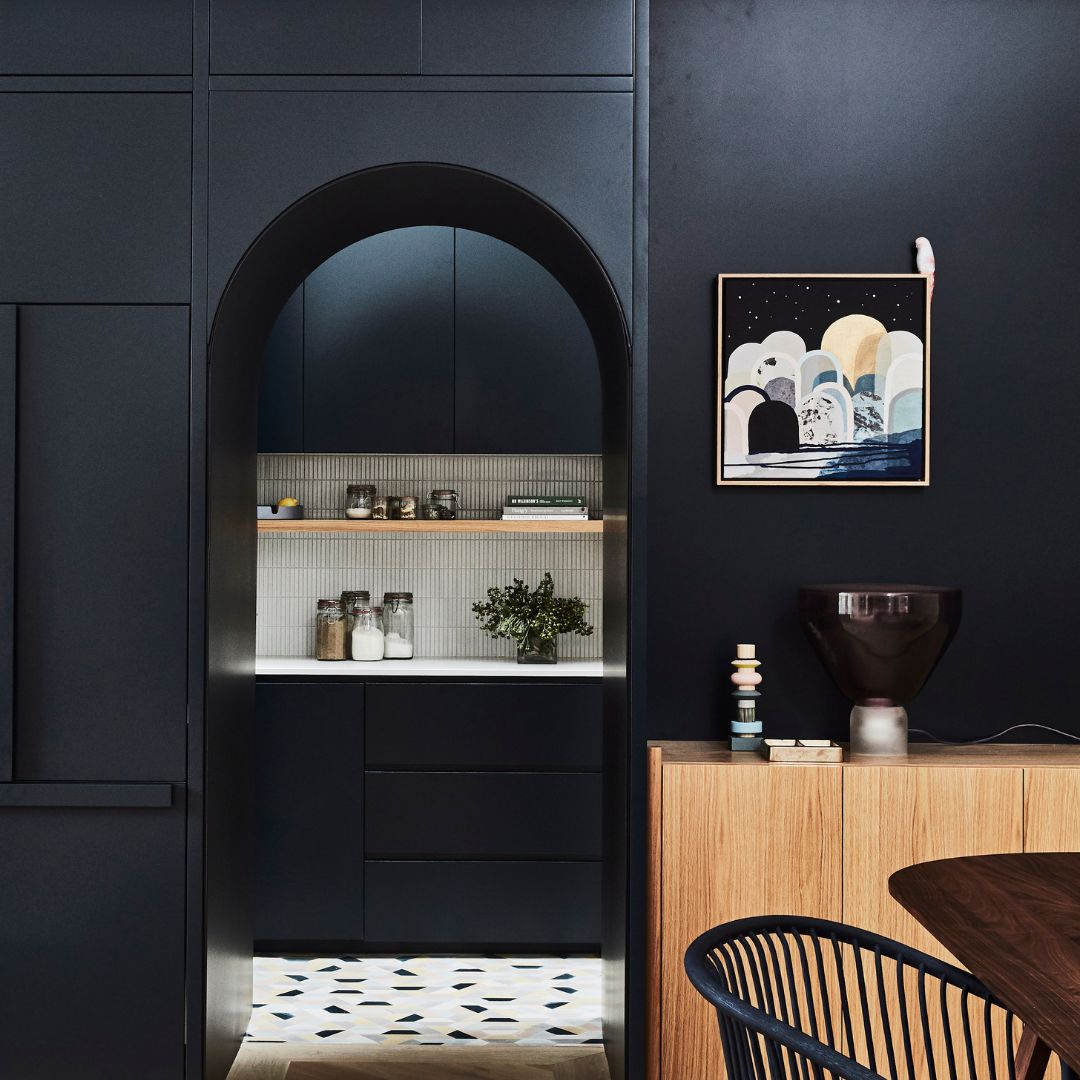You've determined the amount of paint you need for your project and have just applied the primer with a roller. You want to apply eco-friendly paint to your walls, but you're unsure about which paint to use, and especially what type of white you're going to apply.
White paint is undoubtedly the most popular paint for repainting interior walls. It's true that white ticks all the boxes: elegant, timeless, and luminous, white paint has the power to radically transform a space.
That doesn't mean the choice of white is unique. Increasingly trendy, tinted whites can also stand out and pleasantly surprise you.
Choosing your shade of white
White is not just a single paint color, and all the existing paint color charts demonstrate this.
Between warm whites, cool whites and pure white the difference can be greater than it seems when it comes to decorating your interior walls, especially if you want to combine white with other colors .
Warm white: the most trendy
Warm white is probably the most popular colored white: as its name suggests, it is warm and tinged with a warm color: yellow in the case of Algo's warm white.
It is a shade particularly recommended for decorating living rooms such as the living room or bedroom.
Another option is warm white, which is perfect for rooms with little natural light: the warmth of the color will make the space more lively.
Cool whites for contrast
Cooler whites are shades that are best suited to rooms that are already well lit by natural light: this will give the impression of a modern space while making the room bright.
In the Algo range, several white shades with rather cool undertones emerge.
The Arctic White Bear shade is a perfect match for this type of shade: slightly grayed, it is a complementary alternative for combining several shades without creating too much contrast with a standard white.
Other types of whites can also be considered, such as those that contain a blue or green undertone, as may be the case in other color charts.
Pure white: the white par excellence
It is often the most invigorating white in the color charts, it will be the perfect white if you need brightness in the room: neutral, timeless and classic, pure white is the most used white for painting work.
It can be used in every possible room of the house and, above all, can be combined with every possible color imaginable, making it a real asset!
When choosing a shade of white, consider the room's orientation and the quality of natural light. South-facing rooms benefit from warm light throughout the day, so opting for cool whites will help balance the color temperature. Conversely, north-facing rooms, which are more prone to limited and cooler natural light, will benefit from warm whites.
Implement the most suitable finish
Choosing the color is one thing, but you must keep in mind that the choice of finish is important for the aesthetics but also for the longevity of your walls.
While each finish has its own specificities, it is important that there are three main ones: matte, satin and velvet.
A matte finish for damaged walls
While the matte finish isn't the most aesthetically pleasing, it does have one major advantage: its ability to hide any imperfections in your surface.
It will therefore be the perfect ally for old pieces.
However, it should be taken into account that a matte finish will be the least washable and also less luminous finish.
While we don't immediately think of matte as a wall paint, it is the finish that is highly recommended for ceilings.
Satin, a silky and washable finish
For the finish of your white paint, satin is the one you need if you are looking for a washable paint!
Easy to maintain, it is also a very luminous finish that will brighten up your rooms.
Particularly useful in kitchens or living rooms and bathrooms.
Velvet: an intermediate finish
Do you find satin too shiny and matte too dull?
Then there's no doubt about it: white velvet paint is the one for you. Washable and aesthetically pleasing, it's recommended for all the walls in your home.
Use eco-friendly paint
We can only advise you to use an ecological paint for your painting work: more respectful of the environment and preserving the health of the occupants of the accommodation in which the paint will be applied.
Not all so-called ecological paints necessarily offer the same guarantees.
Look carefully at the composition of the ecological white paint
The first point of attention to pay attention to concerns the composition of the paint: if many paints are catalogued as “ecological” it is important to know what is natural in the paint.
Sometimes it may happen that only the resin (representing only 20% of the content) is of natural origin.
Check if the paint has a label
A product's ecological approach can be validated by the certification of a label: so check if your ecological white paint carries a label.
The most recognized labels are the European Ecolabel and NF Environment.
Algo paints have been awarded the European Ecolabel since 2015
Now all you have to do is find out how to paint with white paint !







